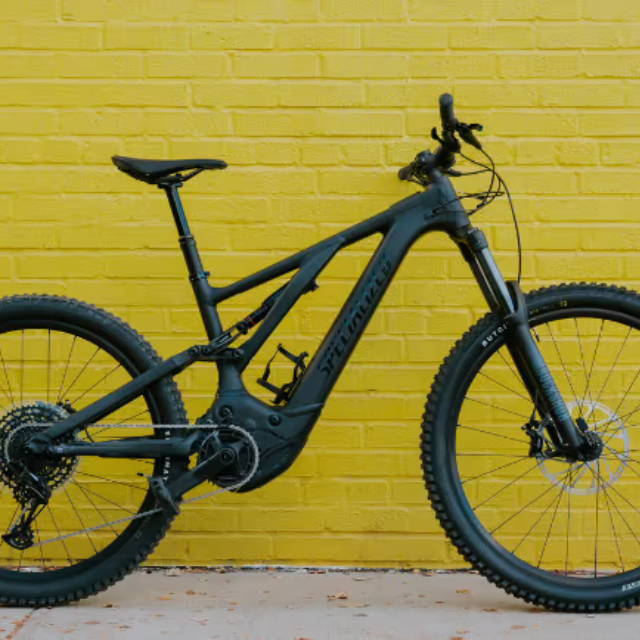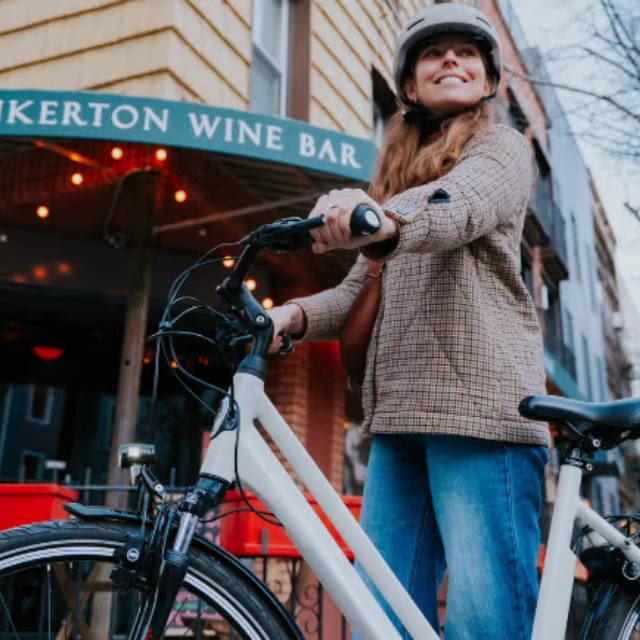Upway offers a one-year limited warranty on all its e-Bikes that covers mechanical and electrical defects. We also provide guaranteed delivery and will compensate as warranted in the rare case of any shipping damage.
Cities Where Cycling is the Fastest Mode of Transport
Written by: Rémy Rossi | June 17, 2025 | Time to read 6 min
Think your car or the subway is the fastest way across town? In some cities, your bike or electric bike can leave them all in the dust.

More about the Author: Remy Rossi
Rémy Rossi is a bike writer, mechanic, and educator who got his start in community-based bike shops and co-ops. With a decade in the industry, he still wrenches on bikes when he can and plays bike polo on a fixie.

I wish cycling were the fastest and most convenient way to get around all cities, but sadly, that’s not the case. However, I have found several inspiring examples where riding a bike or an electric bike beats out the rest for short and medium-distance trips. Put on your thinking caps and let’s dive into the data.
Commute time data in cities
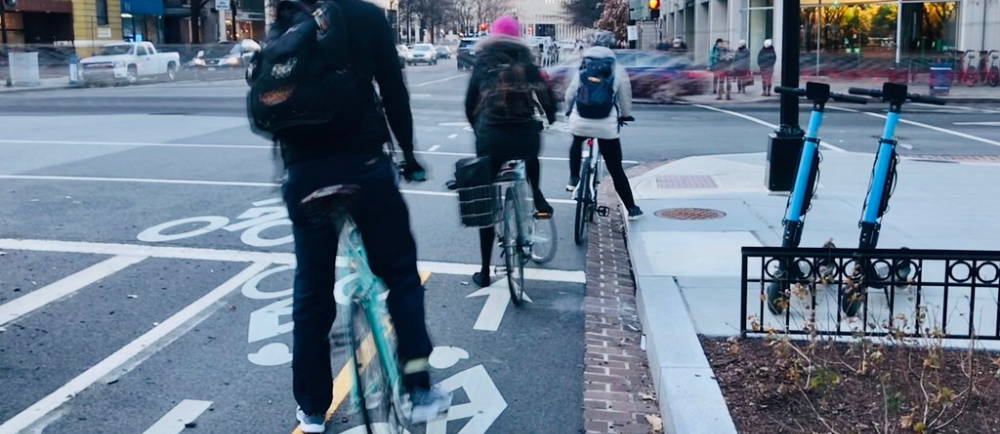
I recently discovered the Commute Time Map, an interactive tool that displays the area commuters can reach with a chosen transit mode within a certain time period (adjustable). You can toggle between car, bus, bike, and walking modes and adjust the time. It reminds me of a tool I was shown by urban planners and data scientists while working for the Boston Cyclists’ Union several years ago.
I recommend playing around with this powerful tool and seeing the transit times in your area. In many cases, cycling is faster than public transit— and electric bikes can help you go even quicker.
How fast is commuting by e-Bike
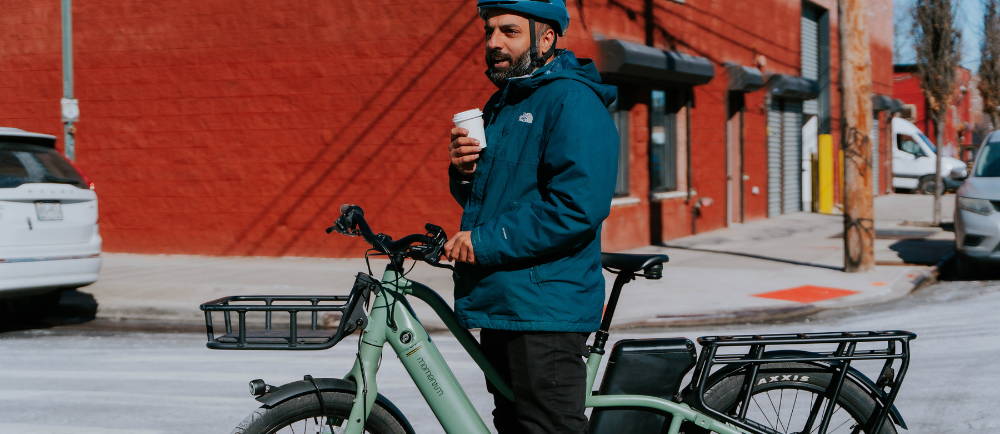
🤝 Looking for a sweet deal?
Get an even better discount when you sell your old electric bike!
Click here for a price estimation!
Studies reveal cycling insights in cities

The Chicago study also found that riding a bike is a much more predictable form of transportation when it comes to the time it’ll take. Riders don’t have to worry about traffic jams, transit timetables, or unreliable car-share services. This is a benefit I especially love about cycling in cities, and I think people underrate it. Choosing to travel by bike can better keep you on schedule, or at least if you’re late, it’s entirely your fault.
International examples
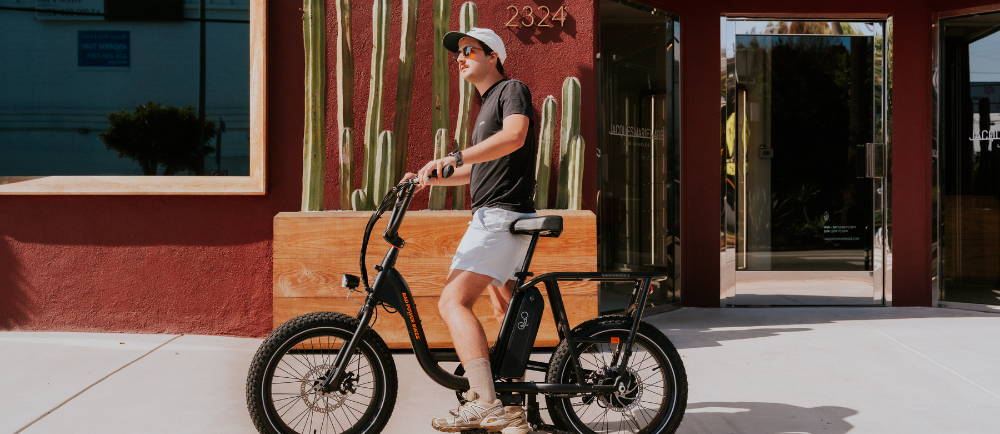
The average speed of bikes was clocked at 13.07 km/h; public transport at 8.91 km/h; cars at 8.42 km/h, and walking at 5.41 km/h. In general, bikes continued to be the fastest form of transport for trips with a length of up to 13.75 kilometers— after that, cars started to have the advantage.
Compare commuter e-Bikes at Upway

Biking is often the fastest form of transit in cities where car traffic is heavy, public transportation is limited or indirect, and cycling infrastructure is strong.
Frequently Asked Questions
What is the warranty on Upway bikes?
What's the carbon footprint of e-Bikes vs. traditional bikes?
E-bikes have a slightly higher carbon footprint than traditional bikes due to battery production and electricity use. It takes around 38-65kg of additional CO2 emissions to produce an e-Bike and they produce 3-5 times more CO2 per kilometer than standard bicycles. Both are significantly lower than cars, making them eco-friendly transportation options.
Do you need a license for an electric bike?
In nearly all states, riders do not need a license to operate an electric bike. However, riders of Class 3 e-Bikes in New Jersey need a license, and e-Bike users in Hawaii will need to pay a $30 registration fee.
Key Takeaways
- Cycling often wins in dense, congested cities for trips under 6 miles, especially with an e-bike.
- Predictability matters: Bikes avoid delays from traffic and unreliable transit schedules, offering consistent trip times.
- Global studies confirm it: In cities from Chicago to Barcelona to Buenos Aires, bikes can be the fastest mode of travel for urban trips.
